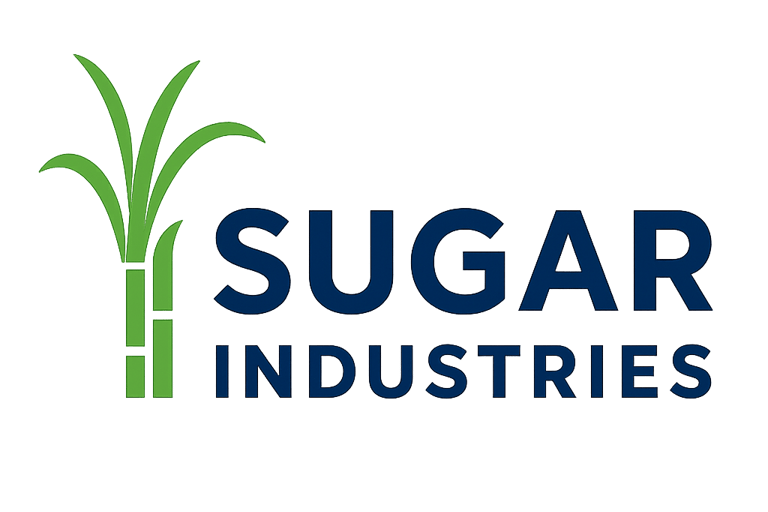Understanding the Sugar Manufacturing Process: A Comprehensive Guide
Sugar is one of the most widely consumed commodities in the world and plays a critical role in both domestic consumption and industrial applications. The manufacturing of sugar is a highly structured process that converts sugarcane or sugar beet into refined sugar crystals. This blog provides a comprehensive guide to the sugar manufacturing process, highlighting the key stages from cultivation to final packaging.
SINAI Exim
5/8/20242 min read


Sugar is one of the most widely consumed commodities in the world and plays a critical role in both domestic consumption and industrial applications. The manufacturing of sugar is a highly structured process that converts sugarcane or sugar beet into refined sugar crystals. This blog provides a comprehensive guide to the sugar manufacturing process, highlighting the key stages from cultivation to final packaging.
1. Cultivation and Harvesting
The process begins with the cultivation of sugarcane or sugar beet. Factors such as soil quality, water availability, and climatic conditions significantly affect crop yield. Once mature, the crops are harvested and transported promptly to nearby sugar mills to preserve sucrose content.
2. Cane Preparation and Juice Extraction
Harvested cane is washed, chopped, and prepared for milling. Modern mills employ technologies such as TRPF (Top Roller Pressure Feeder) and GRPF (Grooved Roller Pressure Feeder) to maximize juice recovery while minimizing bagasse moisture.
3. Clarification of Juice
The extracted juice contains impurities. To purify it, lime and heat are applied in a clarifier system, which separates unwanted materials. The clarified juice is then ready for further concentration.
4. Concentration through Evaporation
In multi-stage evaporators, the clarified juice is boiled to remove excess water. This produces a thick syrup known as concentrated juice.
5. Crystallization
The concentrated syrup is further processed in vacuum pans to form sugar crystals. This step is crucial in determining the size, shape, and quality of the final sugar granules.
6. Separation and Drying
Using centrifuges, molasses is separated from sugar crystals. The raw sugar is then dried, cooled, and graded according to quality standards.
7. Packaging and Distribution
The final product is packaged in various forms such as crystal sugar, refined sugar, or powdered sugar. It is then distributed to food manufacturers, retailers, and export markets.
8. By-Product Utilization
Sugar manufacturing also generates valuable by-products:
Bagasse – used as fuel in co-generation power plants.
Molasses – utilized in ethanol and alcohol production.
Press Mud – processed into organic fertilizers.
Animal Feed – derived from fibrous residues.
By integrating these co-products, sugar mills enhance sustainability and profitability.
Conclusion
The sugar manufacturing process is a blend of agriculture, engineering, and industrial science. From field to factory, every stage demands precision and efficiency to meet global standards. With growing demand for not only sugar but also its by-products such as ethanol and animal feed, the sugar industry continues to evolve as a critical player in the agro-industrial economy.
A blog by ,
SINAI EXIM.


